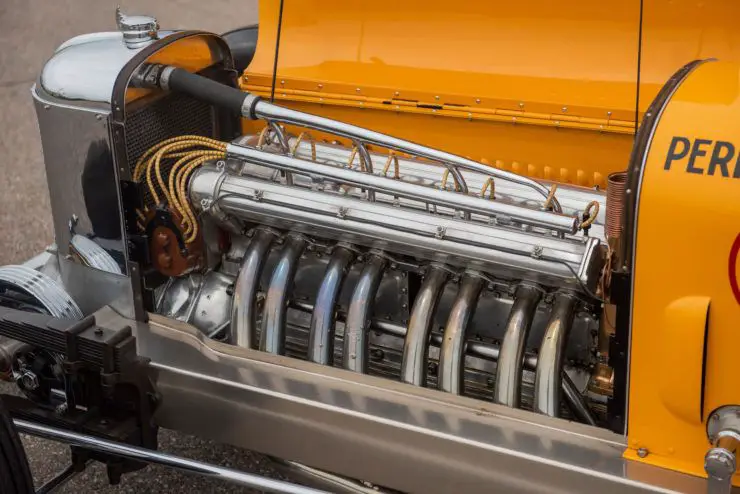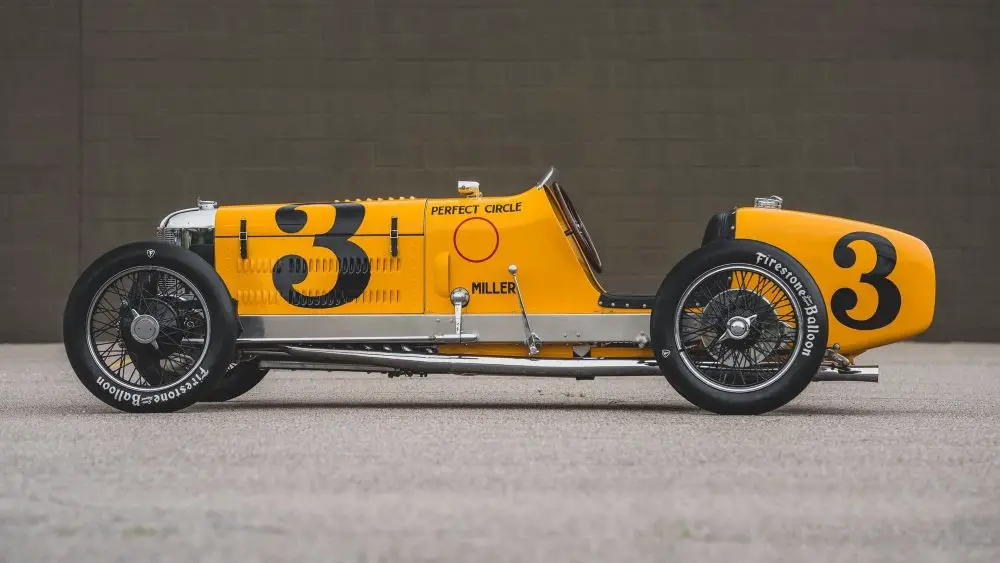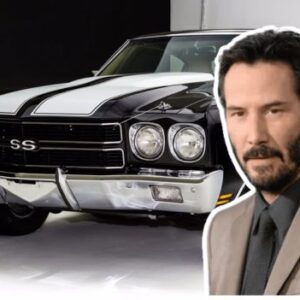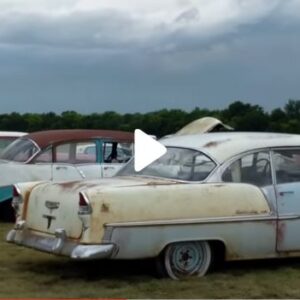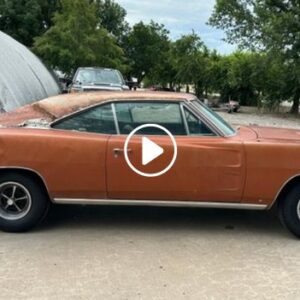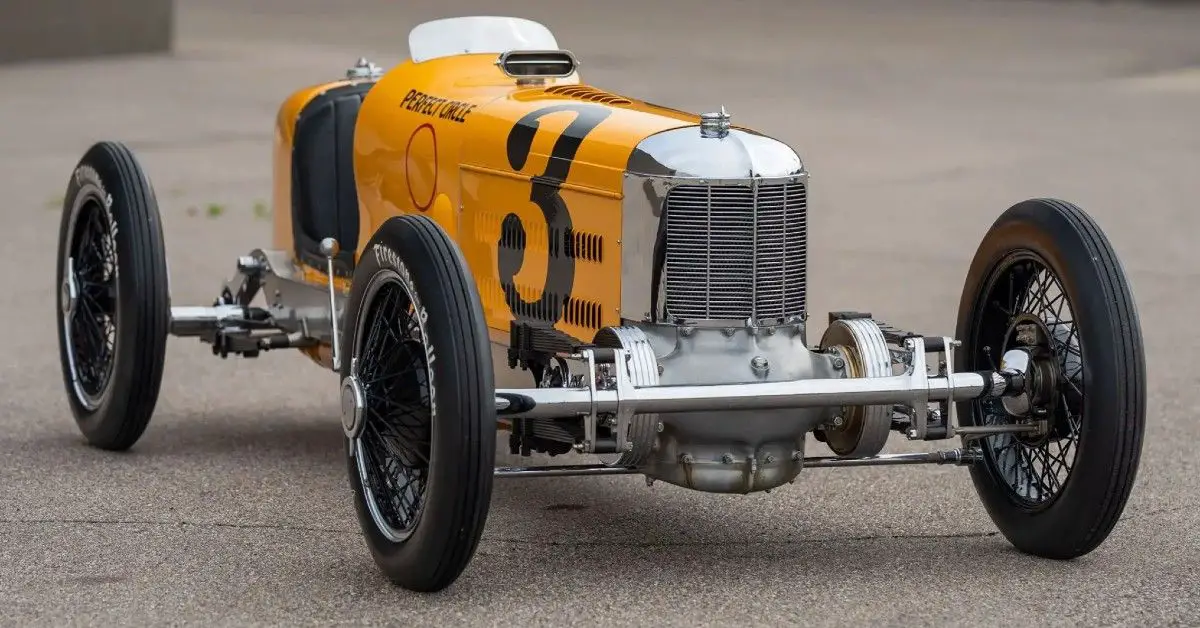
It’s neither official nor up for debate — Harold Arminius Miller is the greatest American race car designer of the 20th century. Born on December 9, 1875, to Jacob Miller and Martha Ann (Tuttle) Miller of Menomonie, Wisconsin, Harold (or just Harry) achieved renown in the 1920s and 1930s, thanks to his Indy 500 champions that won nine times, with the Miller engines propelling other cars to win the event 29 more times.
Back then, Millers dominated the Indianapolis grid, accounting for 83 percent of the racing machines at the field between 1923 and 1928. Harold launched his foray into the automotive industry with the short-lived Yale Automobile Company. He later moved to Lansing, Michigan, to work as a race mechanic for motoring pioneer Ransom E. Olds at Oldsmobile. There, he honed his mechanic skills during the early Vanderbilt cup races.
It is from here that Harold moved to Los Angeles, California, to open a small machine shop specializing in carburetor production. It wasn’t without merit that the preeminent automotive historian Griffith Borgeson called Harold “the greatest creative figure in the history of the American racing car.” Miller’s genius shone with what was perhaps the first bicycle-mounted engine and the first outboard motor.
Besides building a four-cylinder engine mounted on a boat, Miller gets credit to have produced the first aluminum pistons, the aluminum alloys still used in engine development today, and the first carburetors and induction system to use Helmholtz resonators. As a mechanic, Harold Miller’s racing voyage began with repairing and then building race cars. The man made a million dollars a year in the 1910s just from selling his trusty carburetors.
It was in the 1920s that Miller built his own 3.0-liter four-cylinder engine. Native American race car driver Jimmy Murphy won the 1921 French Grand Prix, propelled by Miller’s new engine. The engine, featuring dual overhead camshafts and four valves per cylinder, borrowed multiple engine designs that Miller had previously serviced in his shop, including Duesenberg and Peugeot engines. Murphy was the first to win with this engine, with Tommy Milton providing the financial backing to build it.
